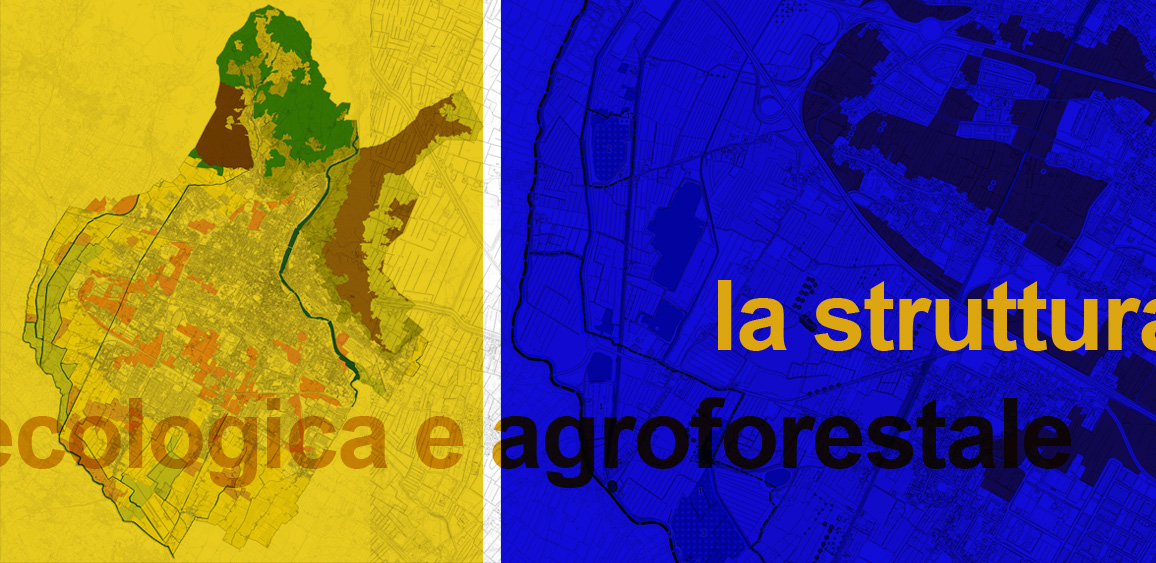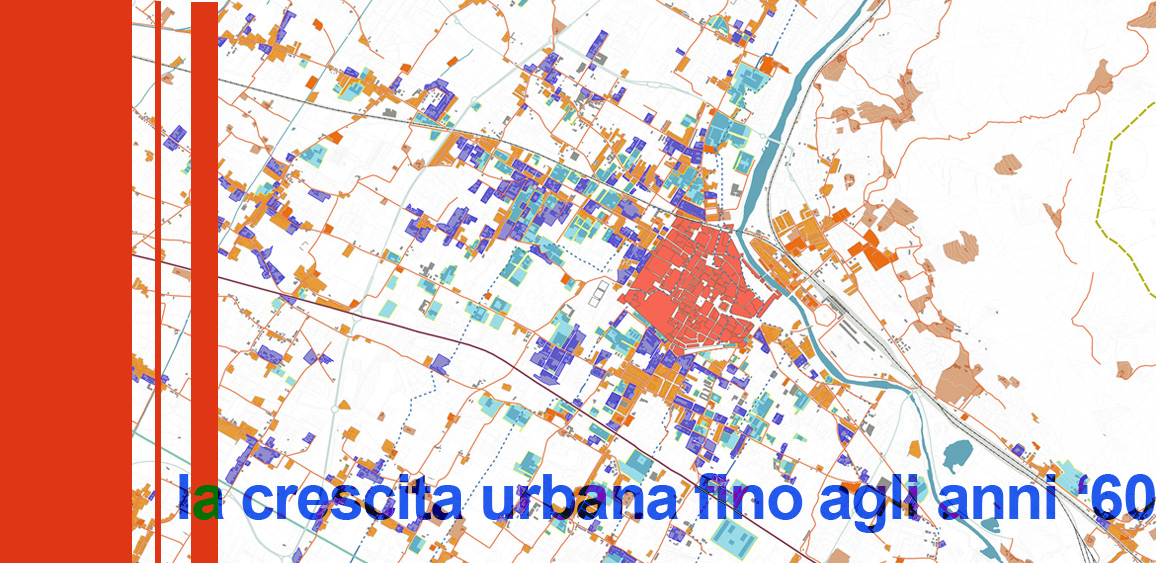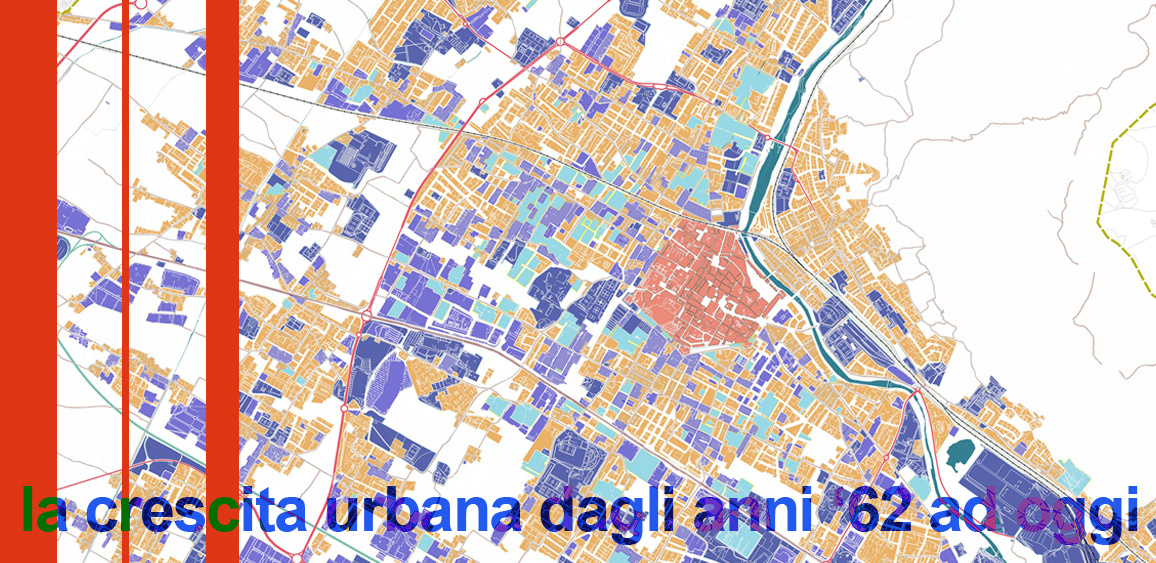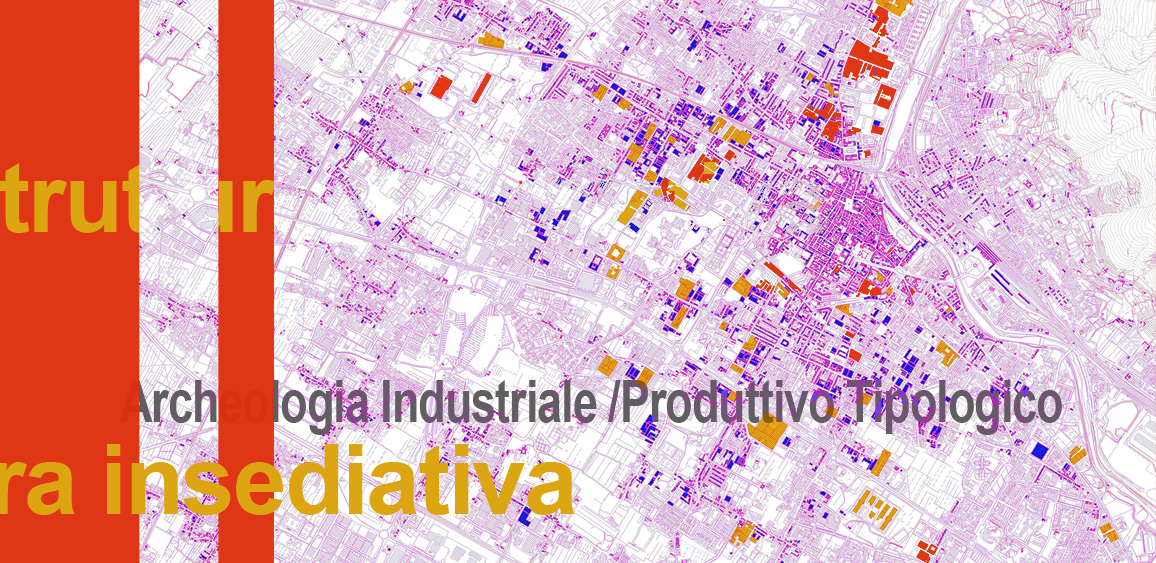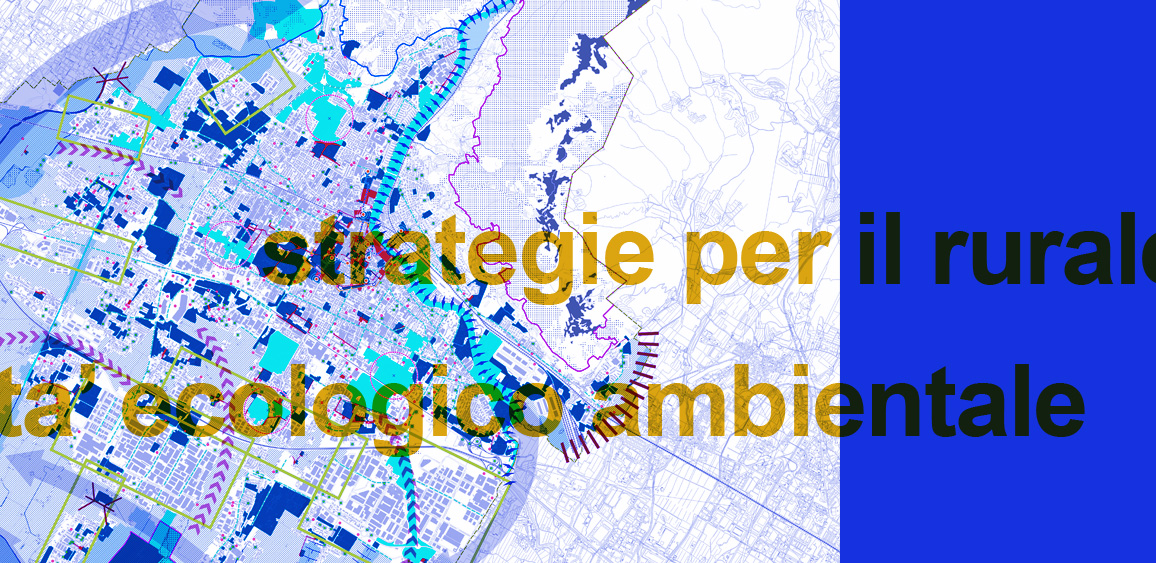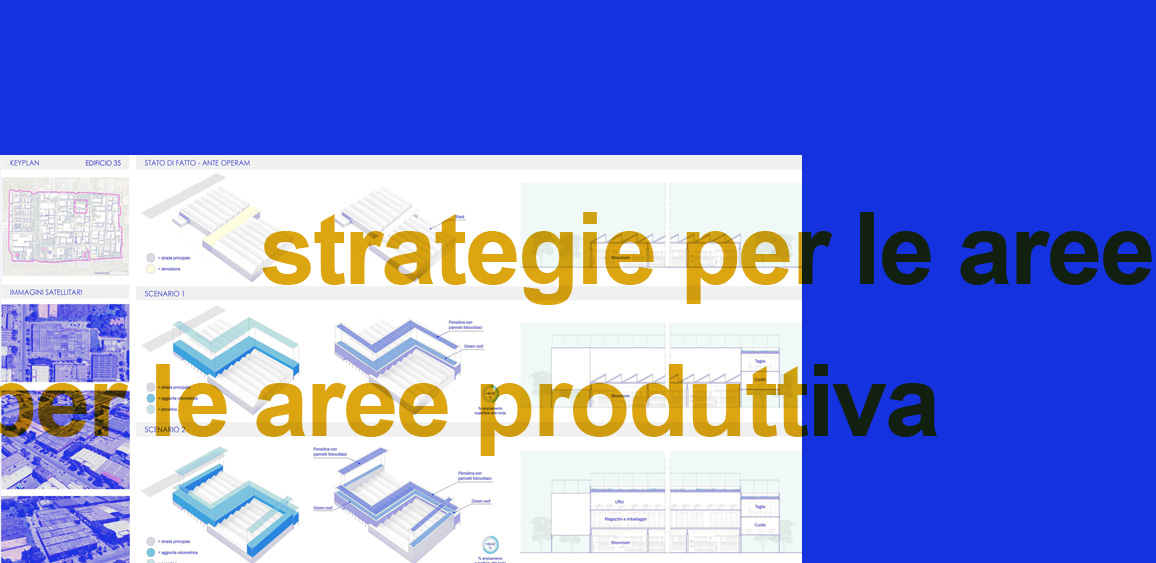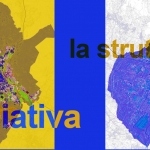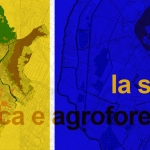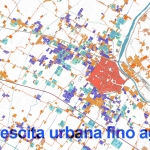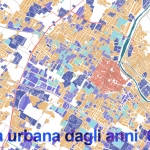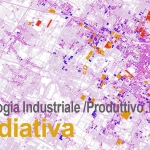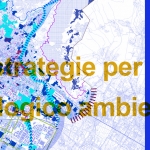The adoption of the Structural Plan marks an important phase for municipal planning that lays the structural and strategic foundations for the government of its territory for the coming decades.
To the new Structural Plan, formed in coherence with the Territorial Address Plan with value of Landscape Plan belong all the contents indicated by the new urban season introduced by Lr. 65/2014, which combines the themes of planning with the concept of landscape as part of territory, as perceived by populations, whose character derives from the action of natural and/or human factors and their interrelations.
The crisis we are experiencing demonstrates the unequivocal interrelationship between human health and the planet’s ecosystem conditions: the interdependence and the rapidity of the spread of Covid 19 have shown this reality in all its drama. Cities have the task of showing that a new responsible economy on environmental and social issues is possible, starting from a new look on what they are made of, generating new urban paradigms based on reuse and new models of governance, able to re-use the existing city, involving citizens with participation strategies and codesign, in the logic of promoting new social forms, based on principles of collective responsibility and explore the forms of civil economy that can govern social impacts, and produce virtuous forms of economic models. The Structural Plan builds the project of territorial government on the basis of the vision contained in the Prato 2050 Urban Agenda, voted by the City Council in 2020 based on the priorities of environmental transition and social inclusion, This is part of the more general debate that promotes the centrality of urban policies in national policies, supporting the need to give a strong impetus to the formation of a National Urban Agenda program.
Italiano



